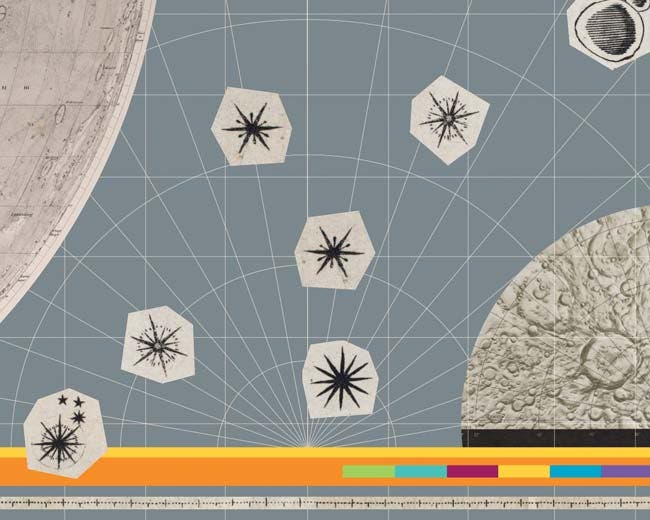Lunar Orbiter
NASA launched five Lunar Orbiter missions to the Moon between August 1966 and August 1967 to photograph potential landing sites for Apollo missions.
Lunar Orbiter Spacecraft
The Lunar Orbiter was a five-foot wide and five-foot tall spacecraft that weighed 850 pounds. Lunar Orbiters contained a dual lens Kodak-built camera with an onboard processing system that developed film, scanned the images, and transmitted them to Earth. The camera included a 610-mm high-resolution lens and an 80-mm wide-angle lens.
Orbiters 1, 2, & 3
The first three Lunar Orbiter missions launched between August 1966 and February 1967 atop Atlas-Agena rockets. The orbiters flew at relatively low altitudes (27 miles) along the Moon’s equator to photograph potential landing sites in what was termed the “Apollo zone of interest.” The three missions returned 840 high-resolution photographs of 20 potential landing sites. The program objective was to be able to identify 15-foot objects in the Apollo zone and four-foot objects in potential landing areas.

